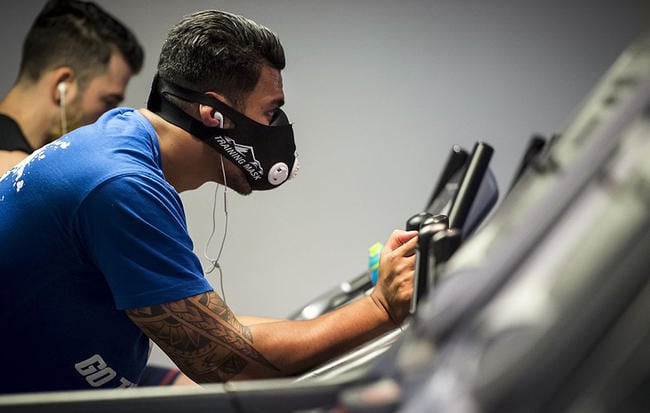1. Training at Sea Level, Competing at Altitude
After competing at altitude, your body will excrete water for the first 72 hours. This results in lowered fluid volume in the blood, which in turn results in an inefficient cardiovascular system. This limits your maximum cardiac output, and can result in increased breathlessness and heart rate for the same level of exertion.After 72 hours, however, your liver begins to produce an additional blood protein, which progressively restores the blood volume to pre-altitude levels by about day six or seven.RELATED: 5 Max Heart Rate Training Myths, Busted2. Gaining an Edge When Competing at Sea Level
Prolonged training at altitude can sometimes be a benefit at sea level. This is because additional red blood cells (hemoglobin) are produced; the additional oxygen-carrying capacity can boost performance in prolonged endurance sports.
How high up do you have to be to receive a positive benefit? The minimum altitude required to produce a measurable increase in hemoglobin mass is approximately 1,800m. However, this would require you to stay at that altitude for at least four weeks. Higher altitudes can produce a more rapid response—three weeks at 3,000m, or two weeks at 4,000m.
However, be forewarned: a corollary to the benefit of increased hemoglobin is that altitude limits your ability to perform high-intensity exercise. As a result, prolonged stays at a higher altitude can actually result in de-conditioning. (This is particularly relevant to explosive exercises, like mountain biking and most types of road racing.)
RELATED: How High-Intensity Workouts Keep You Young
3. “Sleeping High, Training Low” When Living at Higher Altitude
To try to overcome the detrimental effects of altitude on high-intensity performance, athletes have developed the ‘sleep high, train low’ system. This involves sleeping and living at altitude, and then moving to lower altitudes for your bicycling training sessions.
Geography is clearly a factor here; you can’t use this approach if you can’t travel easily from high areas to low and back. This is part of the reason why altitude chambers and altitude tents have become popular. These pricey devices allow athletes to sleep in a low-oxygen environment while living at sea level.
However, before you splurge on some expensive gear, know this—the effect these systems have on athletic performance seems to be limited to a select group of individuals (sometimes called ‘responders’): those who respond favourably to altitude training, for reasons scientists haven’t yet pinpointed.
4. What Can Altitude Training Centers Do For You?
There seems to have been a proliferation of altitude-training centres in recent years. These centres provide a similar environment to a spinning class—using indoor training bikes, but combining this with structured training and simulated high-altitude environments by removing some of the oxygen from the air.
If you live at sea level, training in these centres will definitely benefit your performance at altitude. However, whether it will consistently benefit your performance at sea level is not yet conclusively known. Some studies have demonstrated a benefit, while others have not. (This could be due to the quality of research studies, the methods applied, or the ‘responder’ effect mentioned earlier; more research needs to be conducted before we have a definitive picture.)


